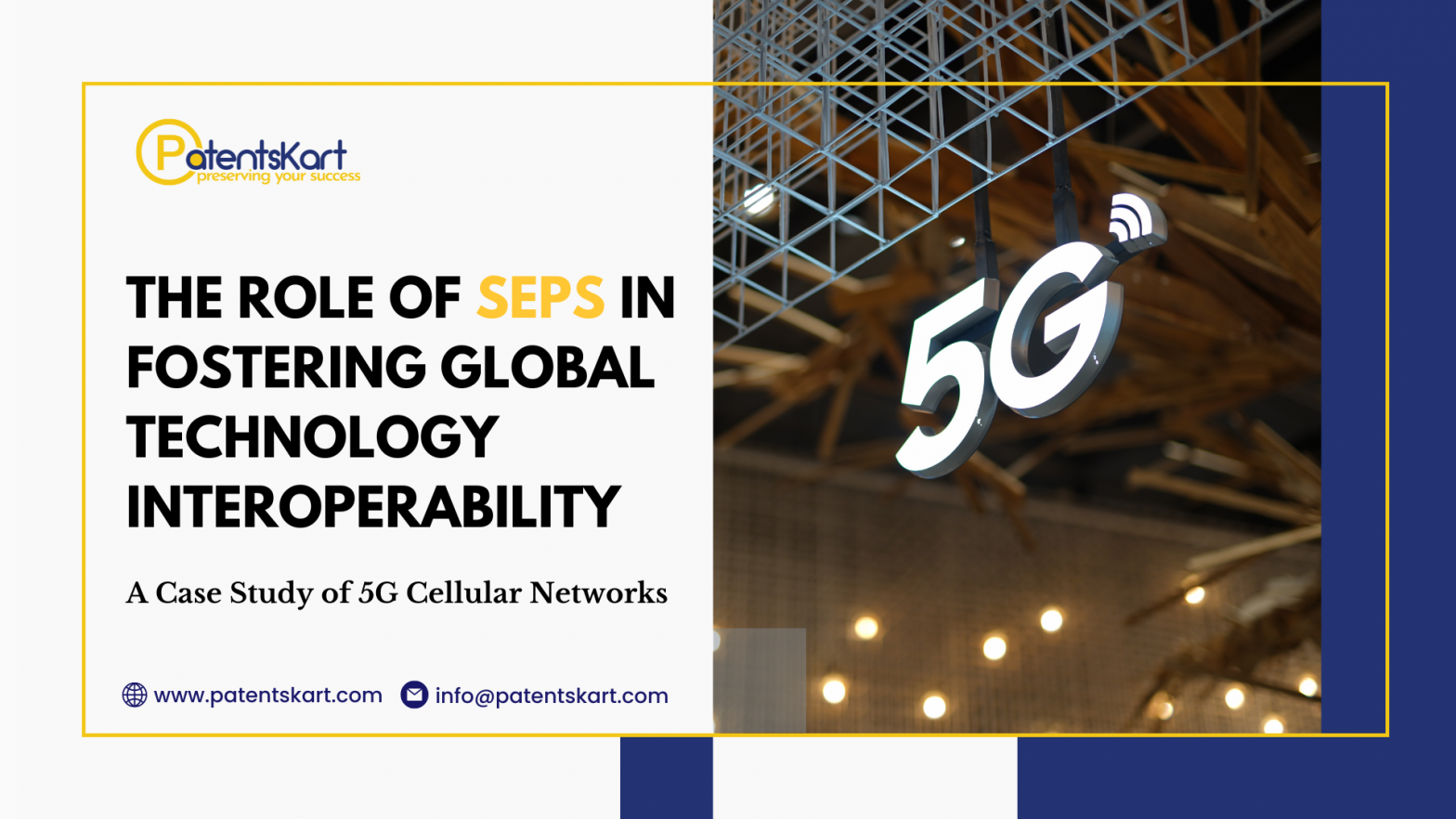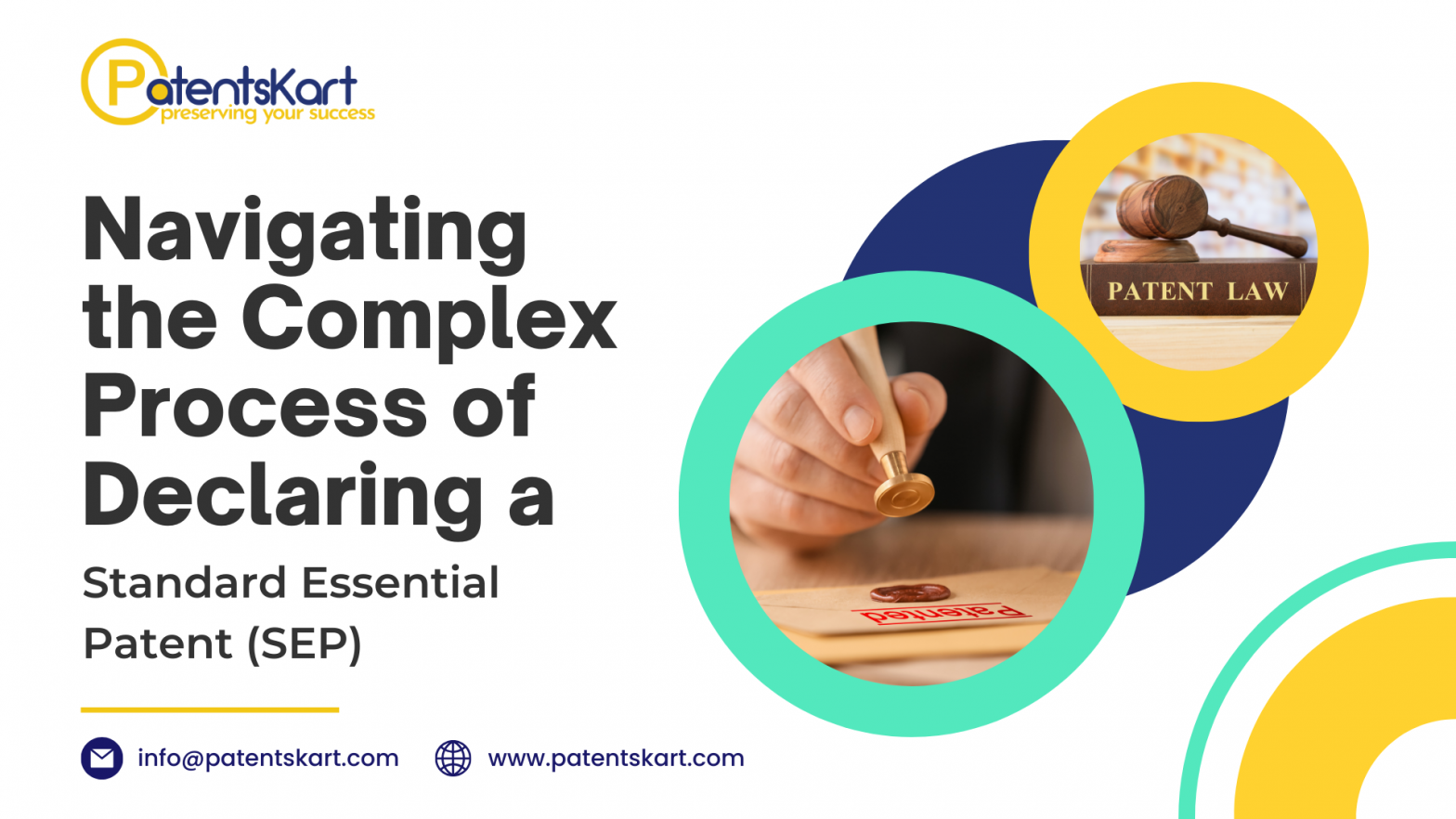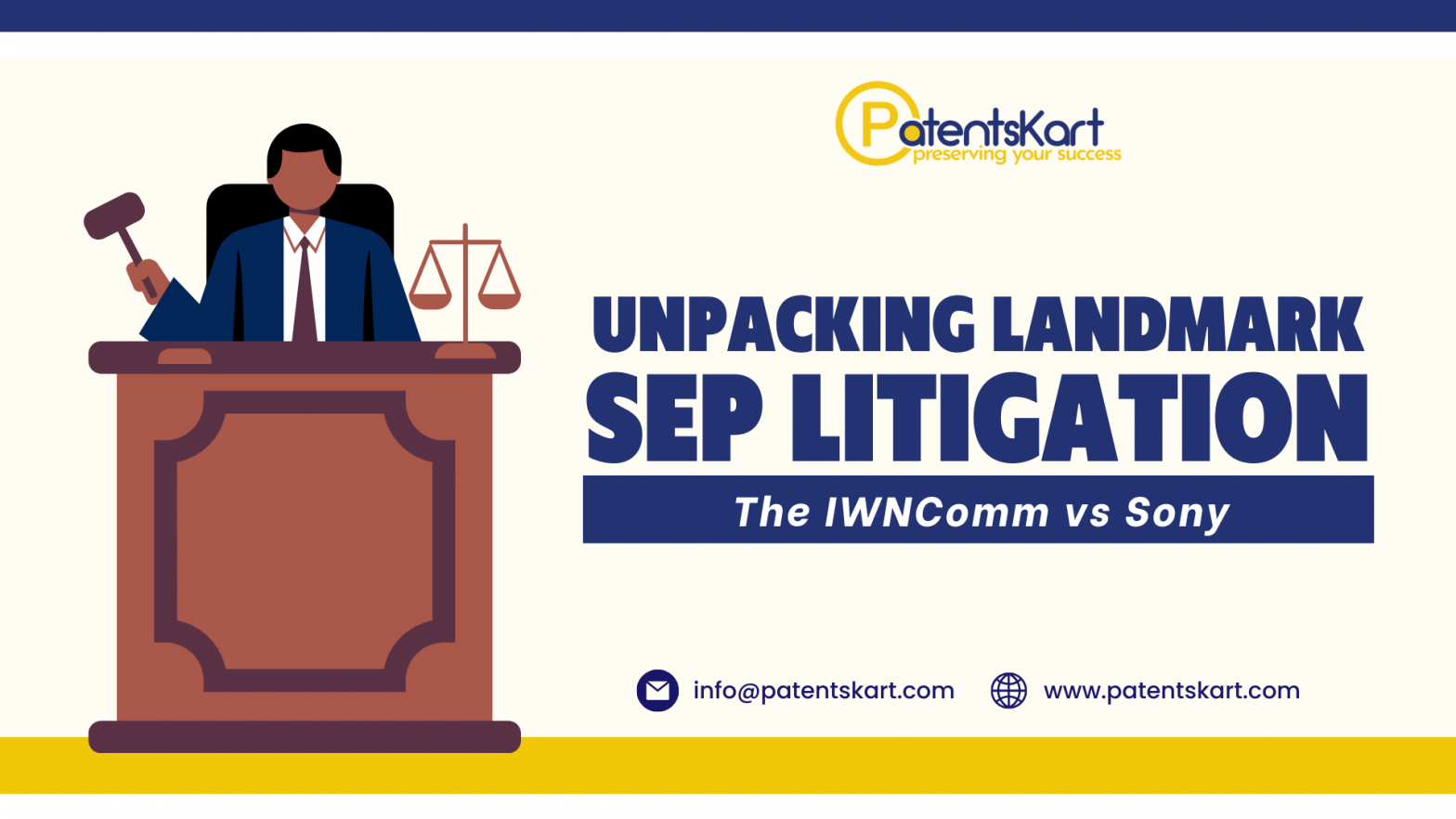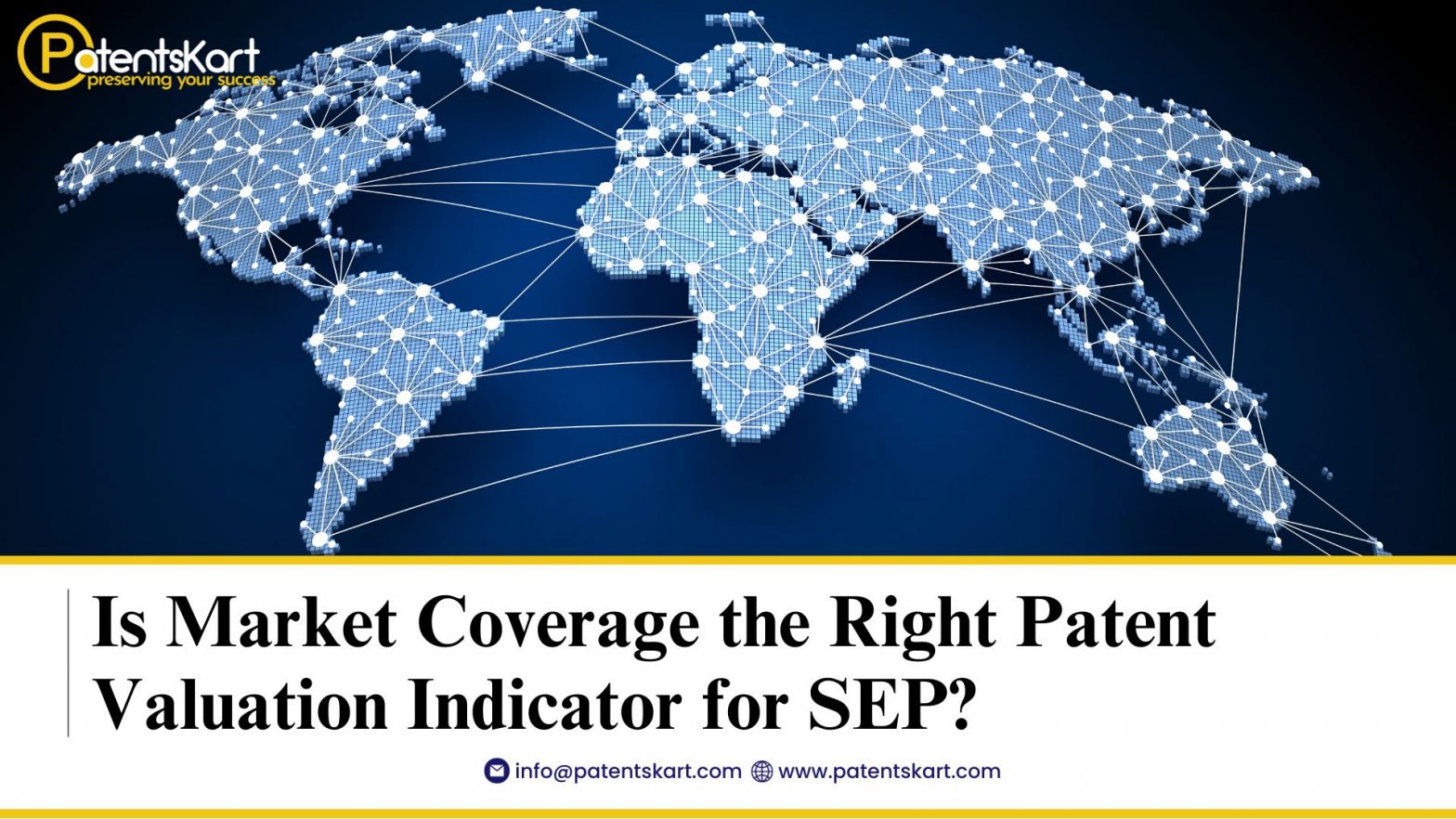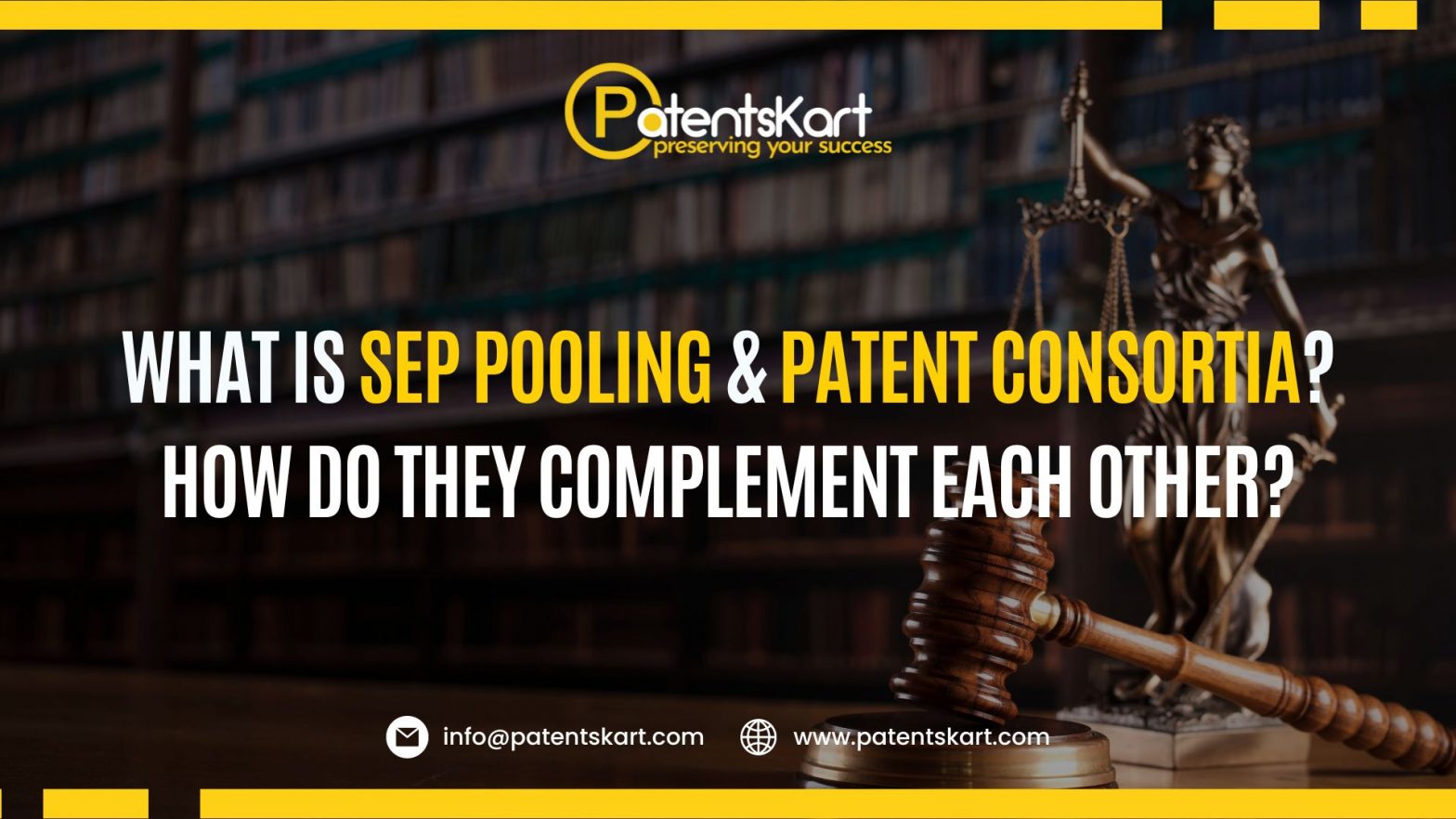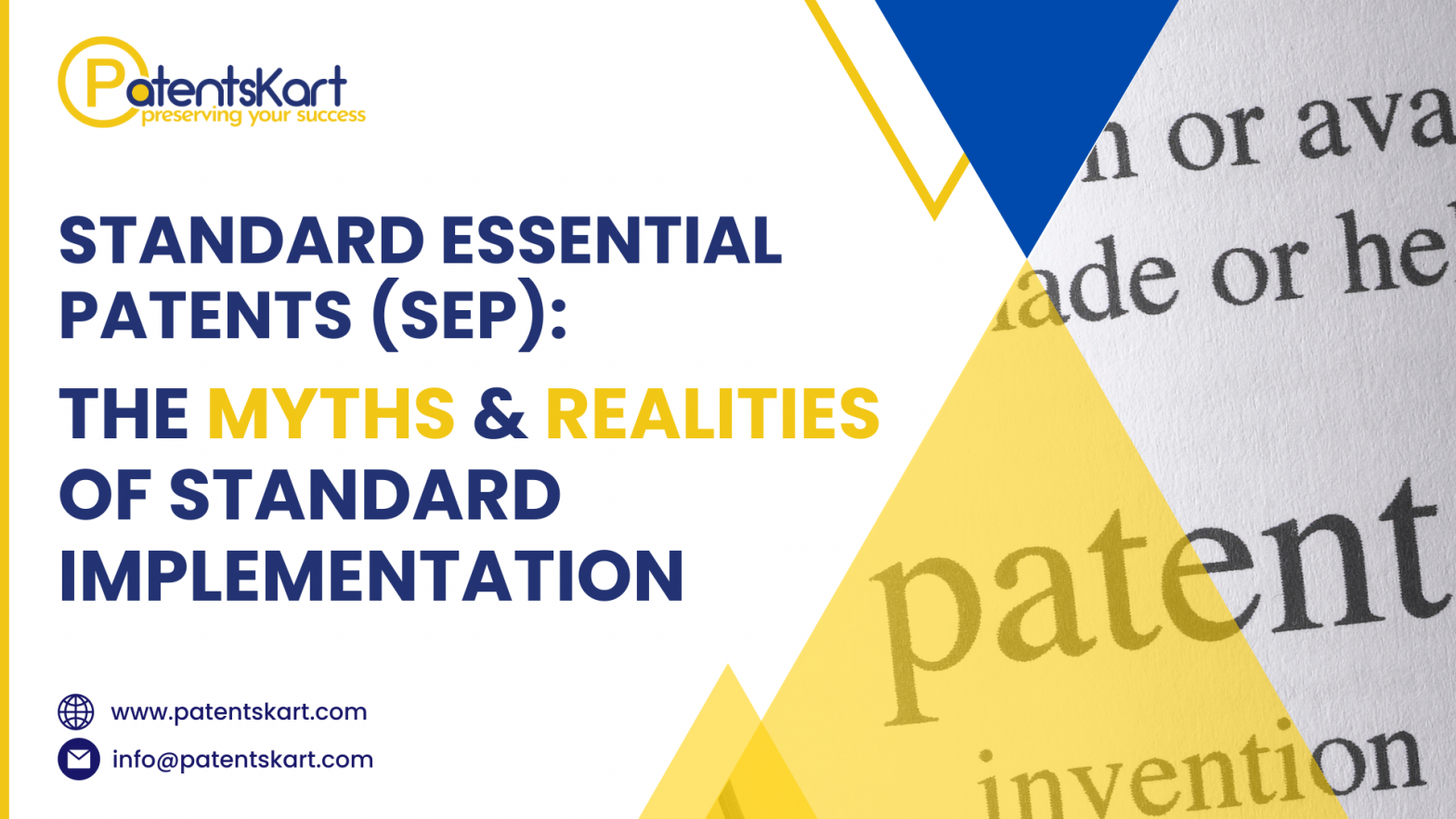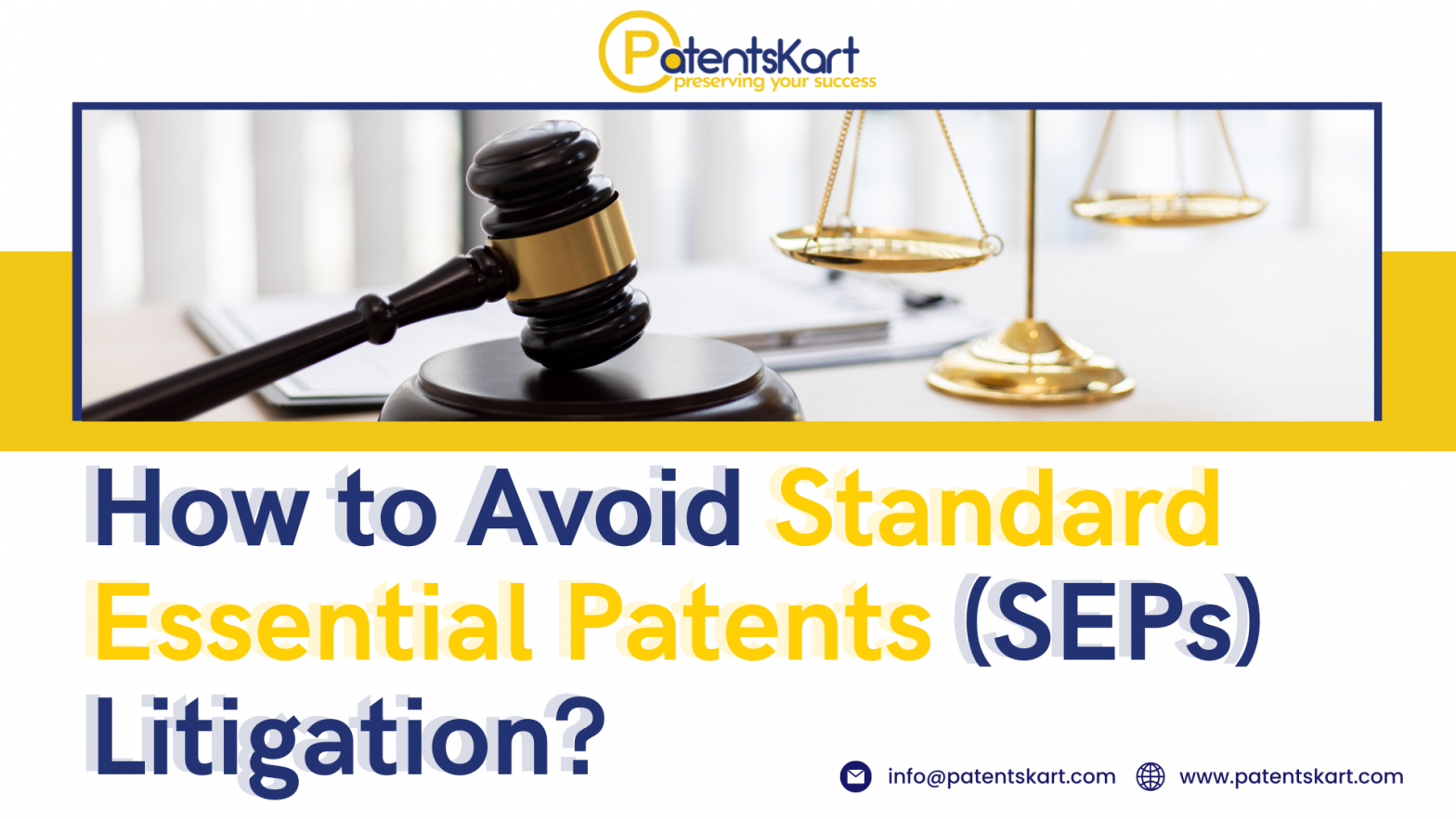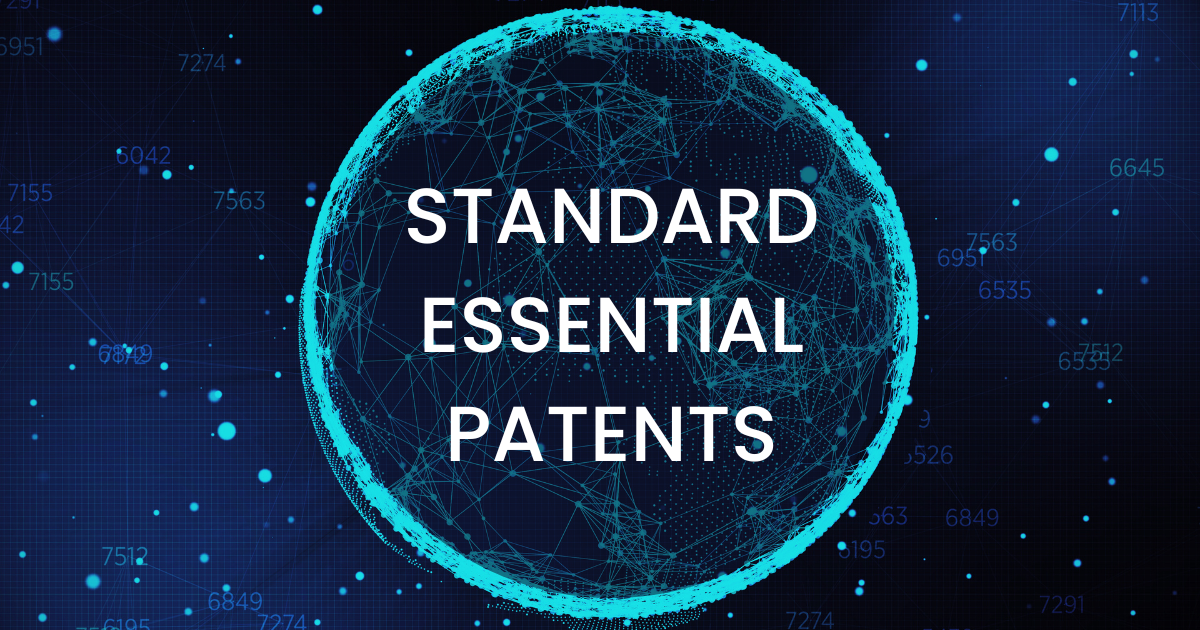The arrival of 5G technology has brought incredible advancements, promising lightning-fast speeds, and a new era of connectivity. But making sure that all our 5G devices and networks from different brands and countries can work together seamlessly is no easy feat. That’s where Standard Essential Patents (SEPs) step in as the unsung heroes, making sure… Continue reading The Role of SEPs in Fostering Global Technology Interoperability: A Case Study of 5G Cellular Networks
The Role of SEPs in Fostering Global Technology Interoperability: A Case Study of 5G Cellular Networks
